Forest Museum (숲박물관)
6.7Km 2024-12-23
3054 Misiryeong-ro, Sokcho-si, Gangwon-do
Forest Museum is a scenic forest path connecting the Sokcho City Museum and the National Mountain Museum. Its well-maintained trails are lined with diverse trees and flowering plants, including Asiatic liverworts, peonies, pasque flowers, bridal wreath, Flowering Cherry, and Korean Azaleas. The area is adorned with flowers blooming throughout the seasons. It also features a children's playground, a water garden, and serene rest areas with pergolas, outdoor tables, and scenic spots for relaxation.
Naksan Beach (낙산해수욕장)
6.8Km 2024-12-27
59 Haemaji-gil, Yangyang-gun, Gangwon-do
+82-33-670-2518
Naksan Beach is one of the most famous beaches in Yangyang, located in Joseon-ri, Yangyang-eup, Yangyang-gun, Gangwon-do. Since its opening in 1963, it has attracted more than 1 million visitors each year, its reputation being rivaled only by the Gyeongpodae Beach on the east coast of Korea. The 4 kilometer-long sand beach contrasts magnificently with the lush pine trees of the area. The water is less than 1.5 meter deep, making it a good place for all ages. Naksanhang Port marks one end of the beach, behind which Naksan Mountain, the location of Naksansa Temple, can be found. The other end has a lake formed at the delta of Namdaecheon Stream, which originates from Seoraksan Mountain. Many cafes, convenience stores, restaurants, and accommodations cater to the needs of the visitors. The beach sees considerable traffic in winter as well, when it serves as a popular venue for sunrise-watching, particularly for the New Year’s Day festival.
Chodangbonjeom (초당본점)
6.9Km 2024-04-08
440, Gwangwang-ro, Sokcho-si, Gangwon-do
Chodangbonjeom is a bean curd restaurant that's been in business for over 50 years and is located on the way to Seoraksan National Park (about 7.9 km). Bean curd hot pot and soft bean curd are the signature dishes here. Unlike regular bean curds, soft bean curds are not pressed in a mold, thus have a smoother, more delicate texture. Bean curd hot pots made with bean curd, various vegetables, and sauce are available along with many other dishes, so visitors can order based on their preferences. This restaurant is also famous for its side dishes. Sokcho's famous stuffed squid (squid stuffed with various vegetables and glass noodles) and potato pancakes made with pan-fried mashed potatoes go well with the main dish. Spicy soft bean curd stew is recommended to those who like spicy food.
Cho Won Resor tel / 초원리조텔
7.2Km 2025-03-31
19 , Cheongbong-ro 5-gil, Sokcho-si, Gangwon-do
+82-33-636-7169
Chowon Resortel stands at the entrance to Seoraksan National Park - surrounded by majestic peaks, pine-clad valleys and pure mountain air. Room rates are competitive, and the hotel is particularly popular with small group hikers. Guestrooms are either standard single rooms, condominium-style studios, or condominium apartments, and are always kept clean. Barbecue facilities can be hired. A short walk will take you to the Seoraksan Information Center. It’s 10 minutes on foot to Sinheungsa Temple, while the famous Heundeul Bawi (‘Swaying Rock’) is a 70 minute hike away.
Seednoir (시드누아)
7.3Km 2024-02-16
38 Baramkkonmaeul 1-gil, Sokcho-si, Gangwon-do
This sizable bakery café in Sokcho is known for its spacious and airy interior, which is adorned with a variety of plants. The high ceilings contribute to the open and luminous ambiance. One of the café's most striking features is the spectacular view of Seoraksan Mountain’s Ulsanbawi Rock and the surrounding green fields, visible through a window wall. Additionally, the café offers an extensive selection of baked goods and beverages, including its signature item, the Nutty Cube.
Ocean Valley Resort (오션벨리리조트)
7.7Km 2025-03-16
127-30, Ilchul-ro, Yangyang-gun, Gangwon-do
+82-33-672-4200
Ocean Valley Resort is located on the sandy shore of Naksan Beach staring out at the clean blue waters of the East Sea. The resort is the closest accommodation to the ocean in the nation. Since its opening in 2001, the resort has continued to strive to provide the best service in order for customers to have an unforgettable experience. The resort is open all year long, allowing guests to enjoy a range of activities like Naksan Beach in the summer to skiing in the winter.
There are many attractions close to the resort including Naksansa Temple, Cheoksan Hot Springs, Osaek Mineral Spring, and Unification Observatory. Guests can also enjoy a wide range of leisure sports like sea fishing, boating, water skiing and golf. Ocean Valley Resort is an environmentally conscious resort that uses solar power to cover its energy needs.
Seoraksan Botanical Garden (설악산 자생식물원)
7.7Km 2025-02-04
164 Baramkkonmaeul-gil, Sokcho-si, Gangwon-do
Seoraksan Botanical Garden is a miniature version of Seoraksan Mountain. The garden features a wide range of plants, from rare species native to the mountain to more common wildflowers. It includes a water plant garden connected to the Sabang Dam, a rock garden with rare plants, a maze garden perfect for children, and greenhouses. Forest trails, walking paths, and stepping stones add to its charm, making it an ideal year-round destination.
Hanwha Resort Seorak Waterpia (한화리조트 설악 워터피아)
8.0Km 2024-02-28
111 Misiryeong-ro 2983beon-gil, Sokcho-si, Gangwon-do
+82-33-630-5800
Hanhwa Resort Seorak Waterpia is a theme park where visitors can enjoy both hot spring baths and water parks. Using natural hot spring water, Seorak Waterpia is divided into a spa zone and a water zone. Its main facilities include indoor saunas, swimming pools, and a rooftop spa, with the outdoor sauna being the most popular. The park is open all year round and offers a variety of attractions.
Hanwha Resort Seorak (한화리조트 설악)
8.0Km 2025-03-16
111, Misiryeong-ro 2983beon-gil, Sokcho-si, Gangwon-do
+82-33-630-5500
Hanwha Resort Seorak features breathtaking views of Seoraksan Mountain and the East Sea. Guests can relax at the spa or enjoy playing a round of golf.
Seorak Plaza Country Club (설악프라자컨트리클럽)
8.0Km 2022-08-12
1111, Misiryeong-ro 2983beon-gil, Sokcho-si, Gangwon-do
+82-33-630-5511
Seorak Plaza Country Club is located in the beautiful environment of Sokcho on Korea's eastern coast. The Mountain View Course showcases Seoraksan National Park, while the Sunrise View Course overlooks the East Sea.
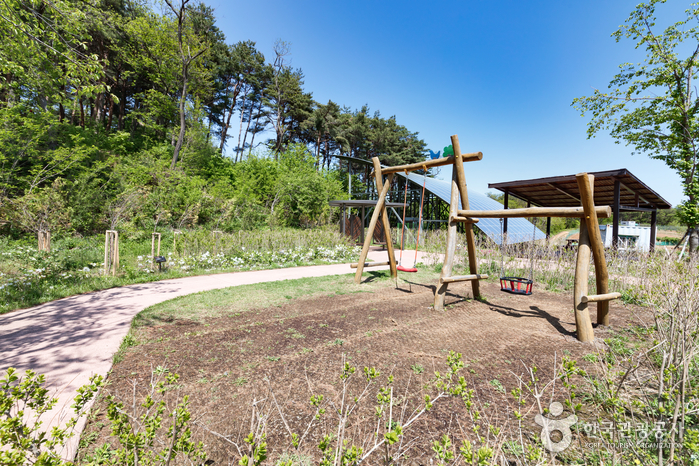
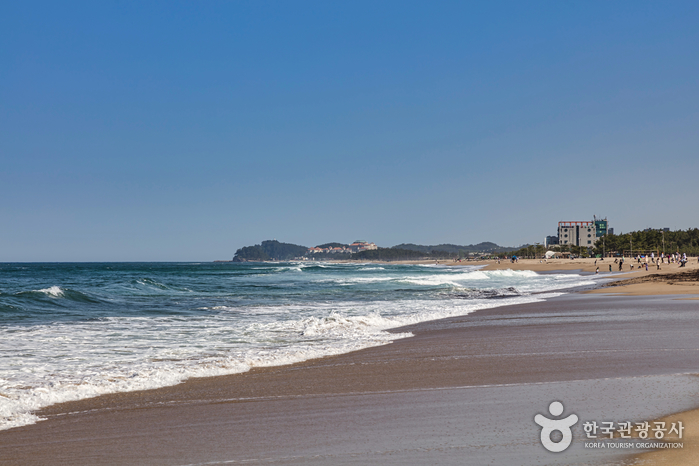
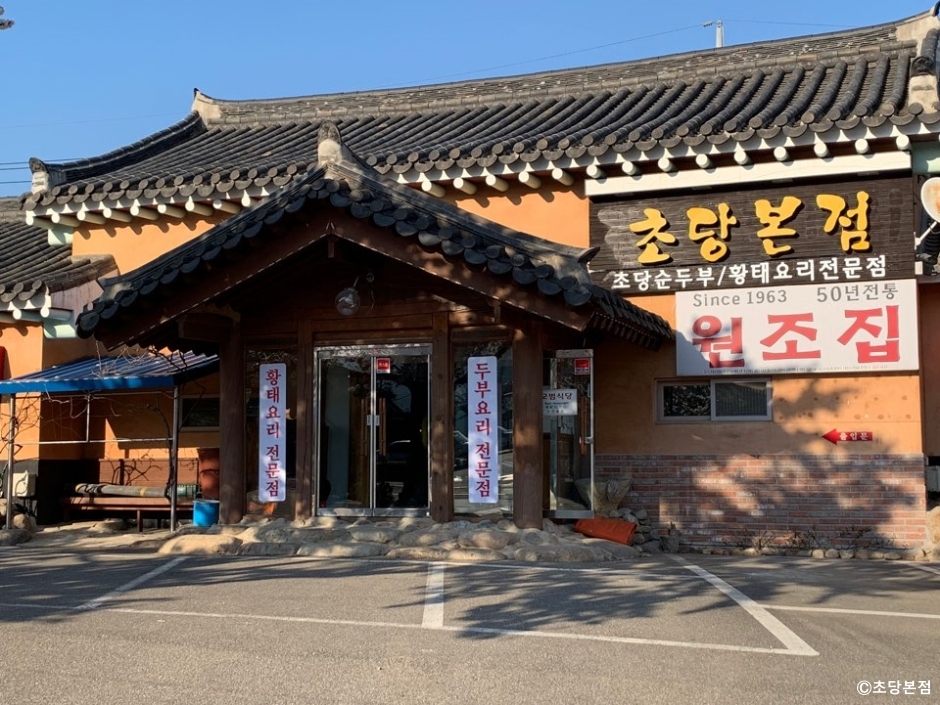
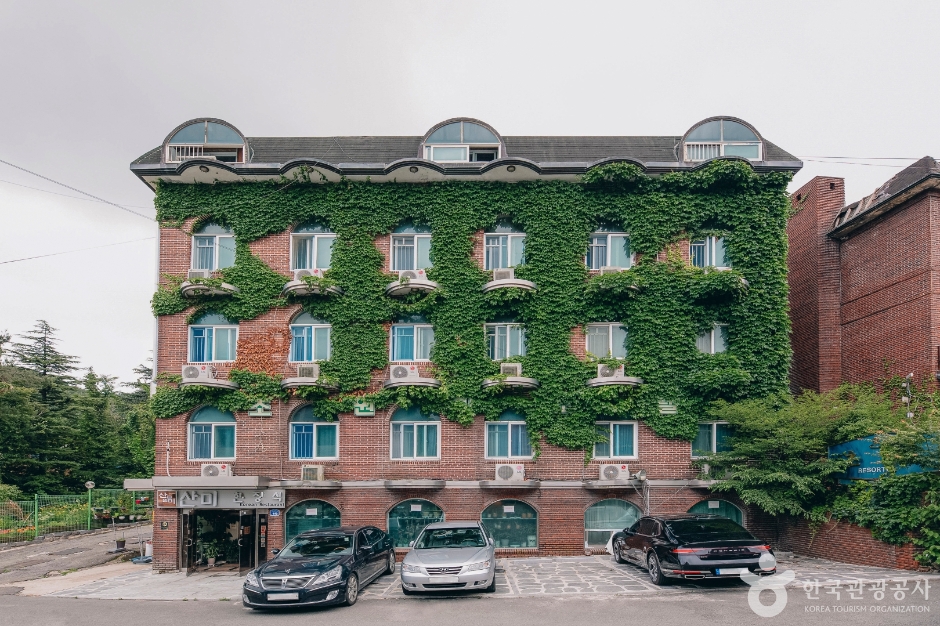
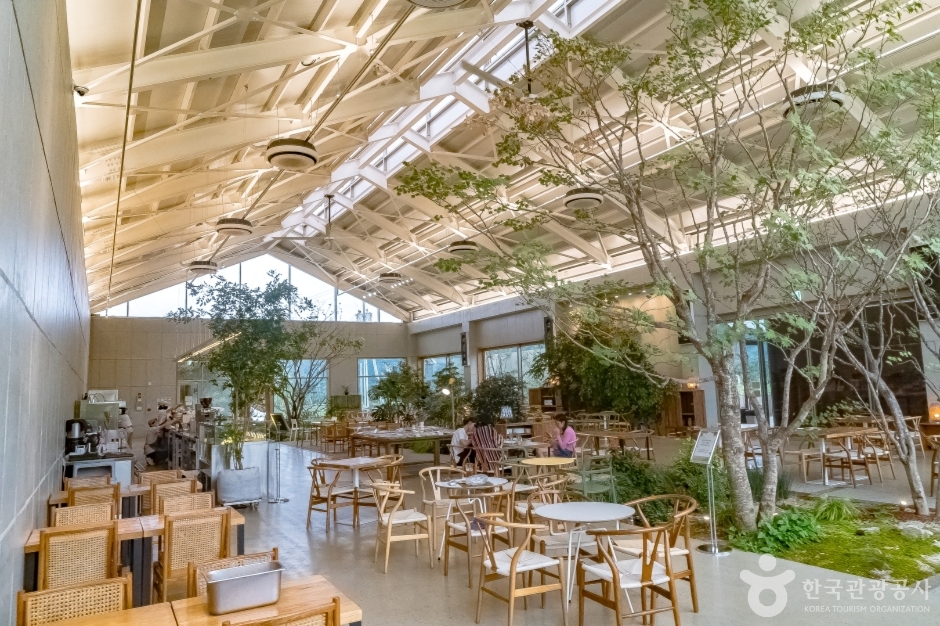
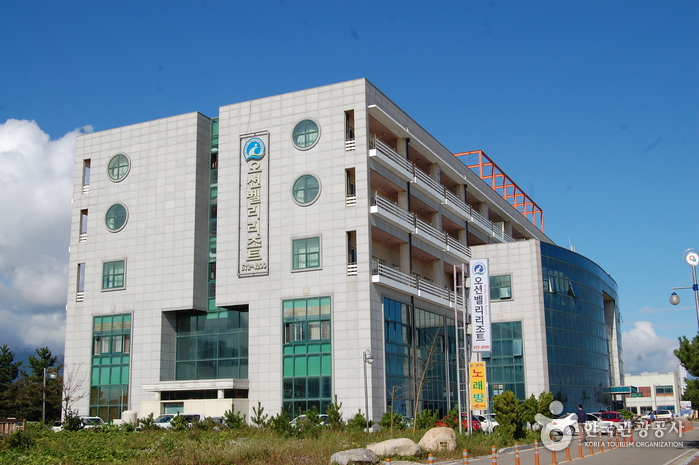
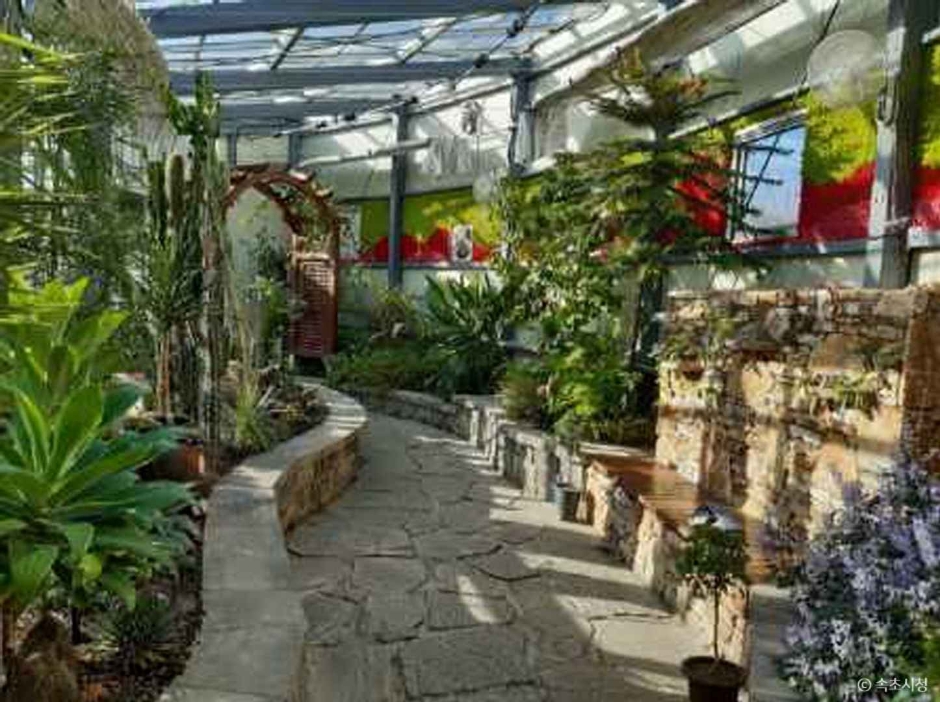
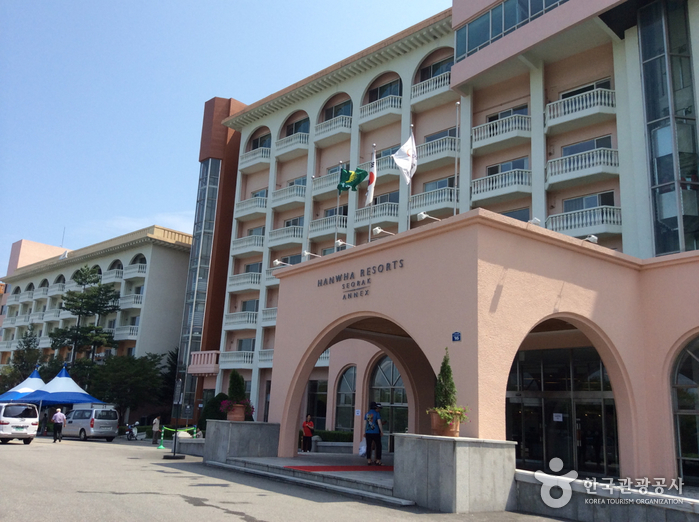
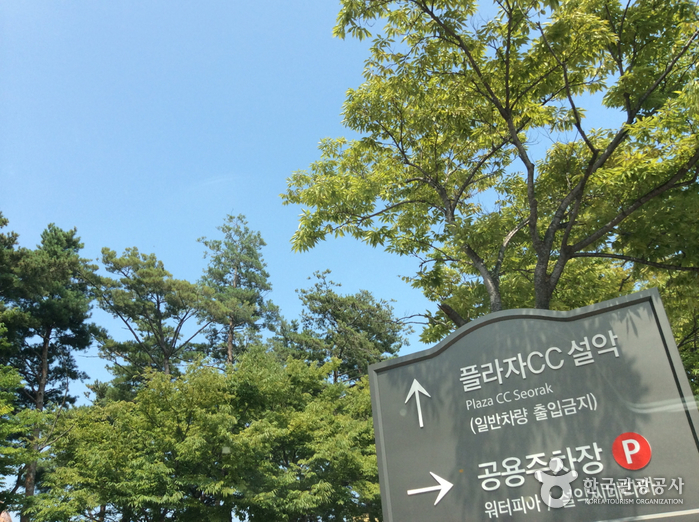
 English
English
 한국어
한국어 日本語
日本語 中文(简体)
中文(简体) Deutsch
Deutsch Français
Français Español
Español Русский
Русский